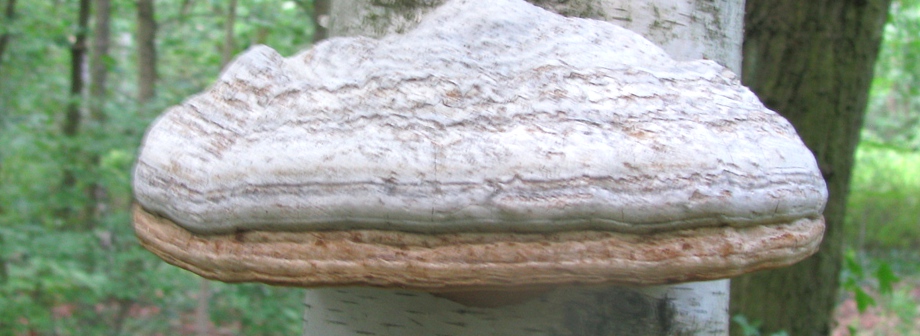Dekontaminationen von Schwermetallen und Radionukliden
Zum Einsatz kommt der Biosorbent BSX. Eine Entwicklung, die mit dem Kurchatow Institut Moskau gestaltet wurde. Im Berlin- Brandenburgischen Forschungssymposium veröffentlicht (siehe auch http://aglycon-mycoton.net/3.html, November2011)
Mögliche Anwendungsgebiete:
- Wasseraufbereitung, z.B. Filtern von Schwermetallen und Radionuklide
- Bodenaufreinigung , z.B. Reinigung von Schwermetallen und Radionuklide
Application of bioadsorption process for radioactive and toxic waste treatment
I. Veleshko, A. Veleshko, K.Rosanov, N. Lobanov Russian Research Centre Kurchatov, Kurchatov Institute, Russia Moscow
von links nach rechts : Fau Dr. Irina Veleshko( Kurchatow- Institut Moskau), Dr. Pavel Dohm (Fi. Biopol
e.V.) Vortrag zum Forschungssymposium des Forschungsinstitutes Biopol e.V.)
The Russian Research Centre Kurchatov Institute has available a high-capacity high-resource research and experimental basis which includes large and sophisticated
installations (plasma thermonuclear installations, various-purpose nuclear reactors, various-type accelerators, test facilities and other unique research equipment) as well as designing basis, large
pilot-scale production. This extensive basis permits a full cycle of studies from the birth of scientific idea to development of technology and fabrication of finished product to be
accomplished.
The main direction of work: Safe development of Nuclear Power (Nuclear Power and its Fuel Cycle) Controlled Thermonuclear Fusion and Plasma Processes Nuclear Physics Solid State Physics and Superconductivity In addition to the above trends the Kurchatov Institute carries out fundamental and application studies in the field of molecular physics, physical and inorganic chemistry, chemical physics, plasma physics and chemistry, safety of new technologies, ecology, element basis of microelectronics, information science, etc.) The result of intensive work of a number of plant branches (e.g. chemical, metallurgic, nuclear fuel cycle, medical institute etc.) is removal of great amount of the liquid wastes which containing some type of radionuclides and heavy metals. The waste treatment is a very difficult process because radionuclides and heavy metals are greatly toxic and harmful in extremely low levels. One of the perspective method for liquid wastes treatment is a adsorption method.
Therefore development and research of cheap and effective adsorbents are staying an actual problem. In the last time in Russian Research Centre Kurchatov Institute it has been investigated the effective methods for liquid wastes treatment with using chitin-chitosan containing materials, including very good results of the Lucoton – Biosorbent (Chitin – Glucan- Melanin –complexe from the Aglycon Mycoton Limited. and Research Institute Biopol e.V) The development of new materials, a study of their physicochemical properties, and the introduction of these materials in chemical practice are one of the main directions in current science and technology. Natural biopolymers chitin and chitosan have found wide use in medicine and food industry, as well as hydrometallurgy processes, in which they are used for the recovery of precious metals from liquid wastes or seawater.
The production of chitin and chitosan has been on the rise, with the product price showing a steady tendency to drop. Chitin and chitosan having a low ash level are remarkable for high adsorption ability for a lot of elements, including heavy metals, because these products have several functional groups in the structure. In the report it had been shown the results of our research of radionuclides and heavy metals adsorption by means of bioadsorbents having different properties and structures (shells of crustaceous, higher fungi). The bioadsorbents based on fungi structure are more efficient in adsorbtion process then adsorbents got from the crustaceous shells. The presence of melanin in bioadsorbent has been affected on the adsorption properties. The bioadorbent from bees has been included 40% of melanin and it’s very efficient for adsorbtion U(VI) from saline solution. It has been investigated complexation properties of melanin separated from Mycoton. It has been shown that 0.1% solution of melanin could hold uranium in solutions in wide range of pH (pH=2-9). It has been obtained the composite adsorbents for selective adsorption of 90Sr and 137Cs. The datum of adsorbtion for treatment slops of nuclear power plant and saline liquid radioactive wastes by Mycoton have been presented it this report.
Carrying out the technological operation for the liquid radioactive and toxic wastes treatment by bioadsorbents has been connected with creation of special devices.
Some variants of apparatus solution for the process based on centrifugal adsorption devices and pulse columns have been introduced in this report. One of the main problems in waste reprocessing
technology is the spent adsorbents conservation in humid state. Radiolysis of water, acidity of solution and radiation dose have been leaded to destruction of conservation material. In this report it
has been presented the results of spent Mycoton conservation in special polymer mineral matrix with technological addition. It has been shown, that in wide range of dose (800-2000 MRad) only the
small reduction of material resistance parameters has been observed. However flaws and porosity haven’t been presented in material.von links nach rechts: Herr
Dr. Veleshko, Frau Dr. Veleshko, (Kurchatow- Institut Moskau), Herr Dr. Szrama (Forschungsinstitut Biopol e.V.) im
Vorbereitungsgespräch zum Forschungssymposium
Da ein Teil der Dekontaminationstechnologien vertraulichen Charakter haben,
bitte per email an uns direkt wenden: redaktion.biopol@aim.com
Unser ehrenamtliches und gemeinnütziges Engagement jetzt und heute - für das zukünftig Erforderliche - für das Gemeinwohl.
EU-Datenschutz-Verordnung ist eminenter Bestandteil


